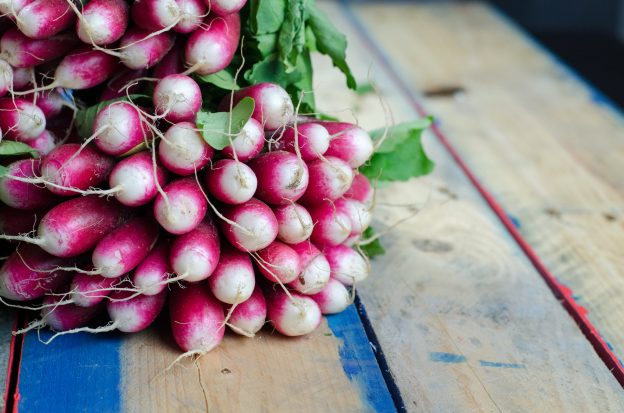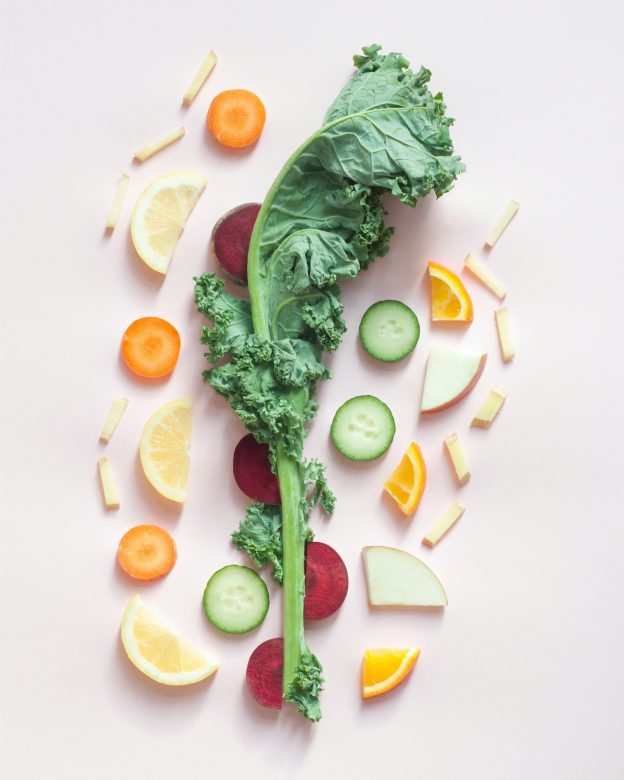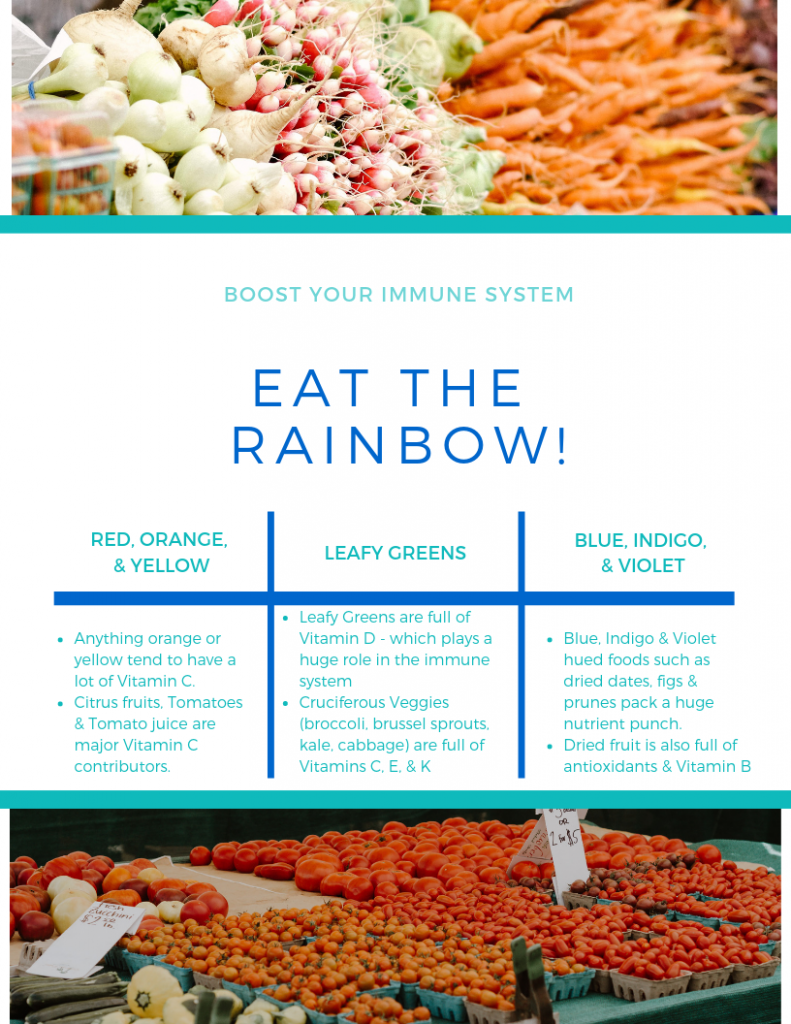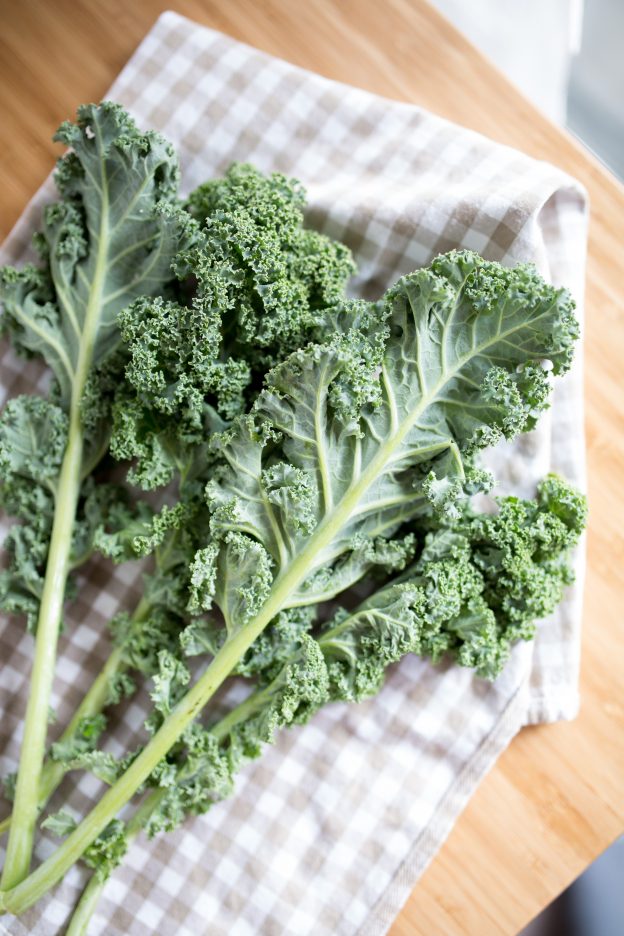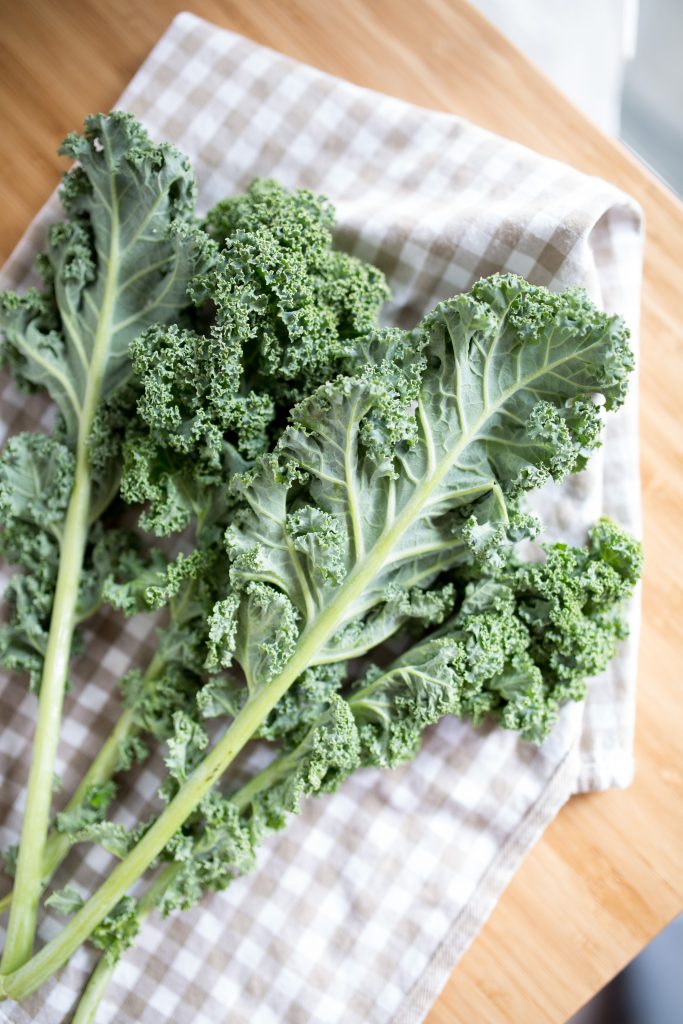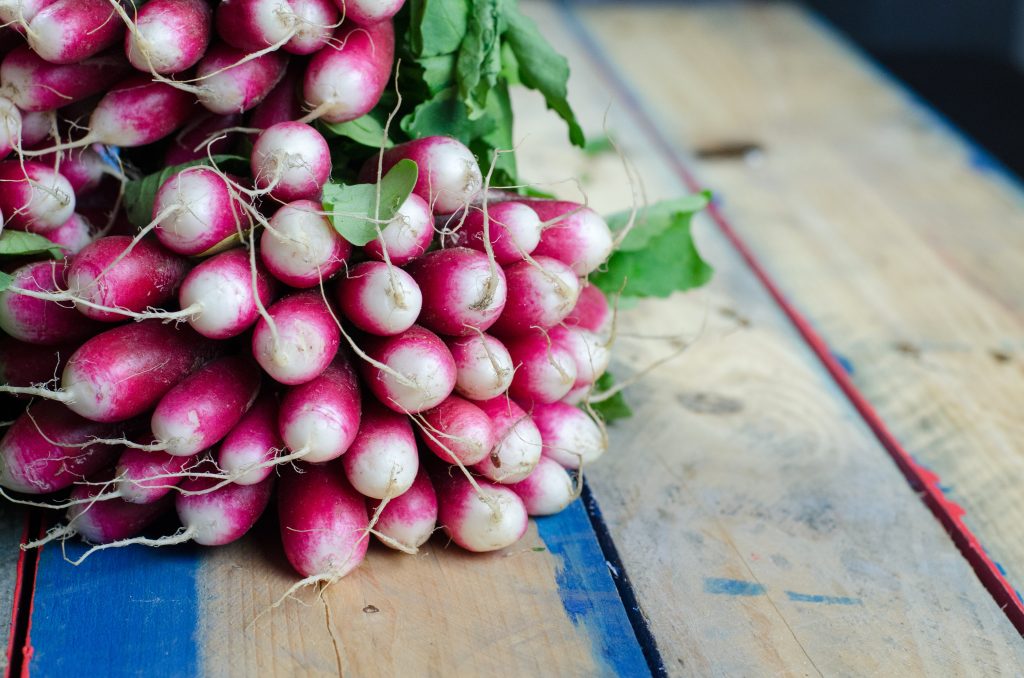
#thursdaythrive
All about Radishes!
– First cultivated in China, radish crops spread through the Northern Hemisphere and into Europe in the 1500s. Radishes had reached Massachusetts by 1629.
– Radishes are members of the Brassicaceae (mustard or cabbage) family. The root is related to kale, broccoli, cauliflower, and horseradish, among others.
– Most states grow radishes, but California and Florida boast the biggest crops in the United States.
– Because they grow rapidly, radish plants are ideal for children’s gardens. The scientific name for the genus that includes radishes is Raphanus, Greek for “quickly appearing.”
